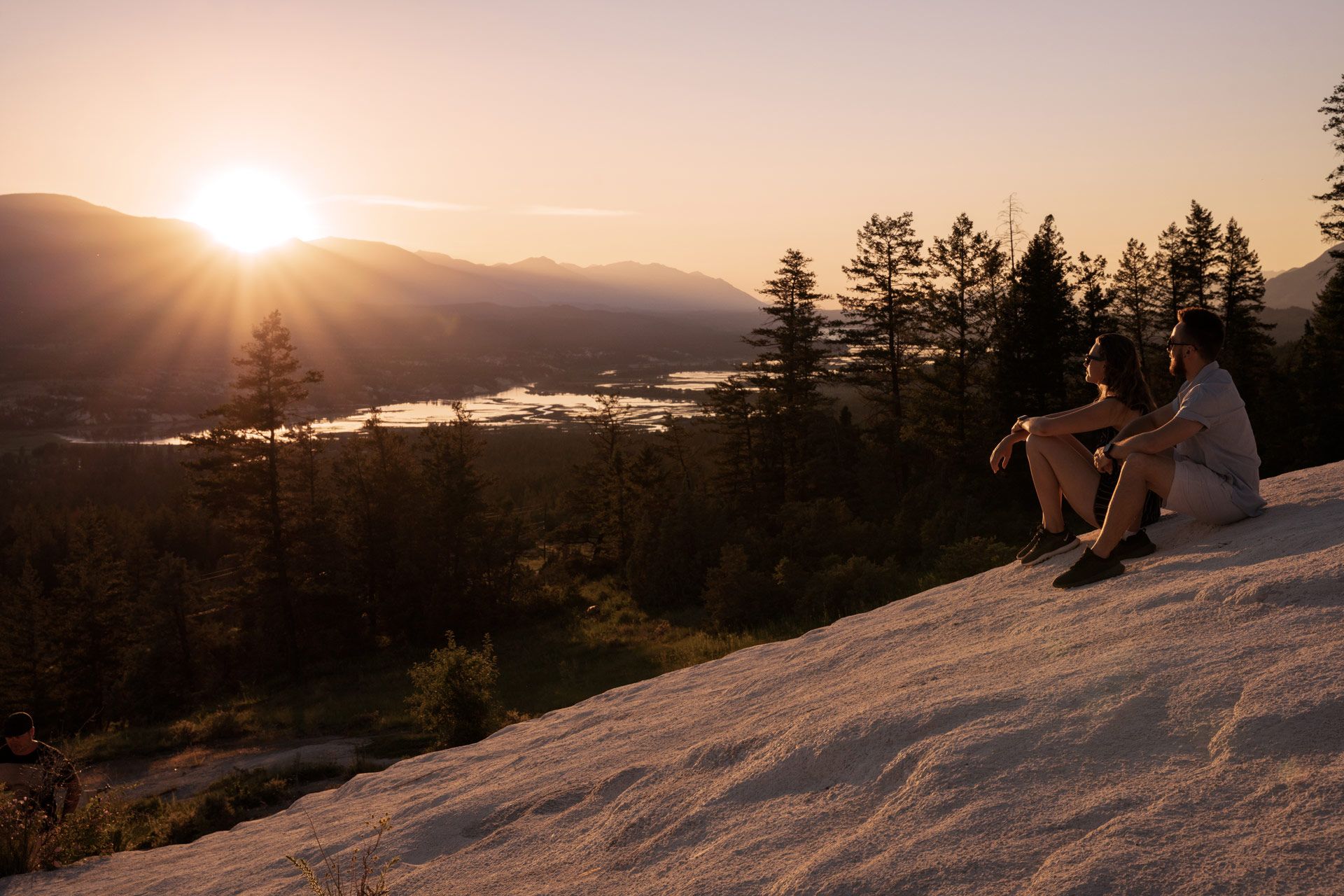From ancient forests and salmon-bearing rivers, to wild shorelines and endangered grasslands, BC’s lands and waters are part of our identity.
Your support, along with partner and community support, helps permanently protect the most beautiful and ecologically important places in the province.
Whether it’s a future park, a wildlife corridor, or a community sanctuary, every acre you help protect moves us closer to a healthier, more secure future—for people, wildlife, and the planet.













